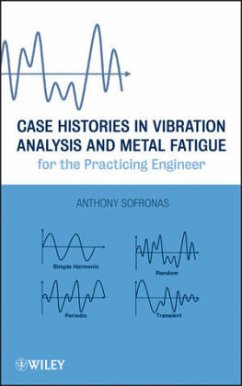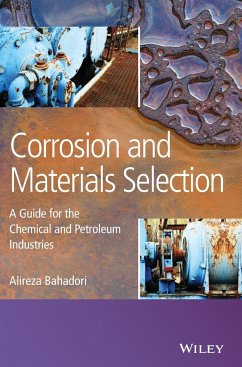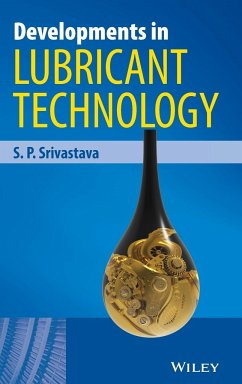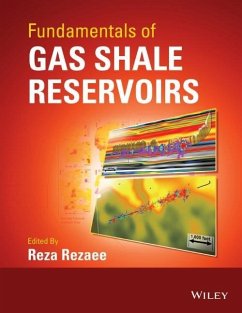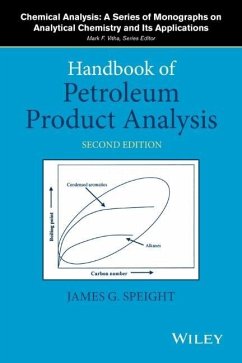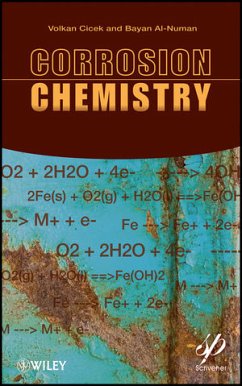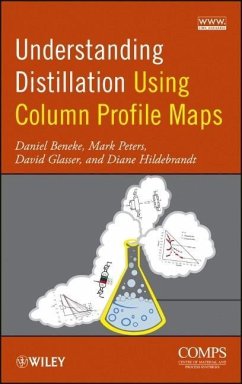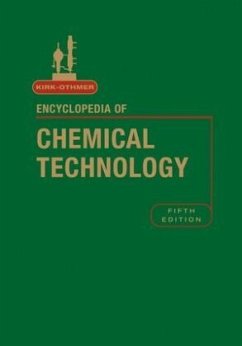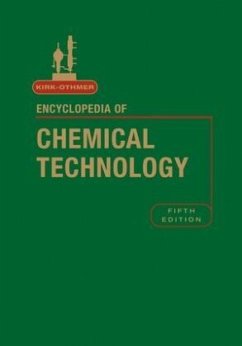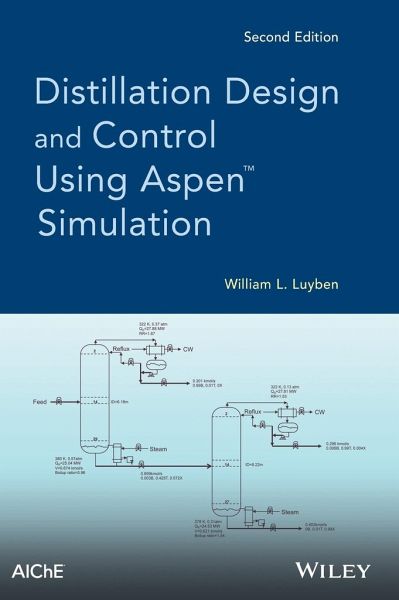
Distillation Simulation, 2e

PAYBACK Punkte
71 °P sammeln!
The new edition of this book greatly updates and expands the previous edition. It boasts new chapters on the divided wall column and carbon dioxide capture from stack gas, revises the design and control of distillation systems, and explains the use of dynamic simulation to study safety issues in the event of operating failures. Using Aspen Plus to develop rigorous simulations of single distillation columns and sequences of columns, the book considers the economics of capital investment and energy costs to create an optimal system for separation methods in the chemical and petroleum industries.
Learn how to develop optimal steady-state designs for distillation systems
As the search for new energy sources grows ever more urgent, distillation remains at the forefront among separation methods in the chemical, petroleum, and energy industries. Most importantly, as renewable sources of energy and chemical feedstocks continue to be developed, distillation design and control will become ever more important in our ability to ensure global sustainability.
Using the commercial simulators Aspen Plus(r) and Aspen Dynamics(r), this text enables readers to develop optimal steady-state designs for distillation systems. Moreover, readers will discover how to develop effective control structures. While traditional distillation texts focus on the steady-state economic aspects of distillation design, this text also addresses such issues as dynamic performance in the face of disturbances.
Distillation Design and Control Using Aspen(tm) Simulation introduces the current status and future implications of this vital technology from the perspectives of steady-state design and dynamics. The book begins with a discussion of vapor-liquid phase equilibrium and then explains the core methods and approaches for analyzing distillation columns. Next, the author covers such topics as:
Setting up a steady-state simulation
Distillation economic optimization
Steady-state calculations for control structure selection
Control of petroleum fractionators
Design and control of divided-wall columns
Pressure-compensated temperature control in distillation columns
Synthesizing four decades of research breakthroughs and practical applications in this dynamic field, Distillation Design and Control Using Aspen(tm) Simulation is a trusted reference that enables both students and experienced engineers to solve a broad range of challenging distillation problems.
As the search for new energy sources grows ever more urgent, distillation remains at the forefront among separation methods in the chemical, petroleum, and energy industries. Most importantly, as renewable sources of energy and chemical feedstocks continue to be developed, distillation design and control will become ever more important in our ability to ensure global sustainability.
Using the commercial simulators Aspen Plus(r) and Aspen Dynamics(r), this text enables readers to develop optimal steady-state designs for distillation systems. Moreover, readers will discover how to develop effective control structures. While traditional distillation texts focus on the steady-state economic aspects of distillation design, this text also addresses such issues as dynamic performance in the face of disturbances.
Distillation Design and Control Using Aspen(tm) Simulation introduces the current status and future implications of this vital technology from the perspectives of steady-state design and dynamics. The book begins with a discussion of vapor-liquid phase equilibrium and then explains the core methods and approaches for analyzing distillation columns. Next, the author covers such topics as:
Setting up a steady-state simulation
Distillation economic optimization
Steady-state calculations for control structure selection
Control of petroleum fractionators
Design and control of divided-wall columns
Pressure-compensated temperature control in distillation columns
Synthesizing four decades of research breakthroughs and practical applications in this dynamic field, Distillation Design and Control Using Aspen(tm) Simulation is a trusted reference that enables both students and experienced engineers to solve a broad range of challenging distillation problems.




